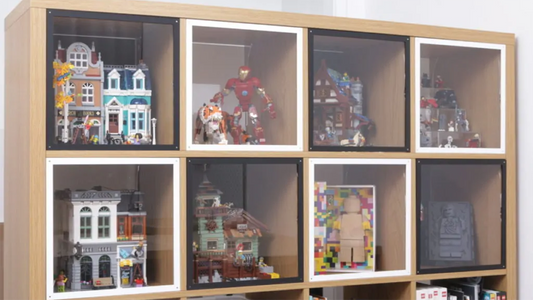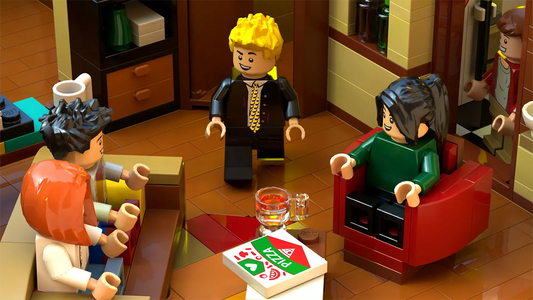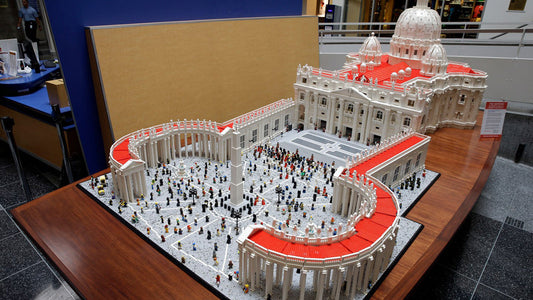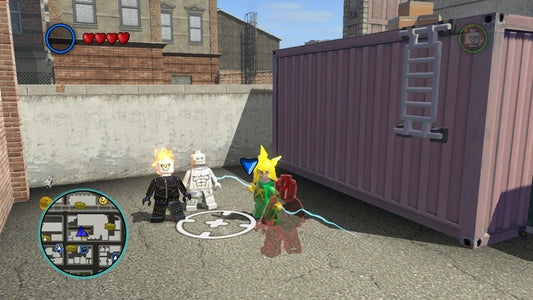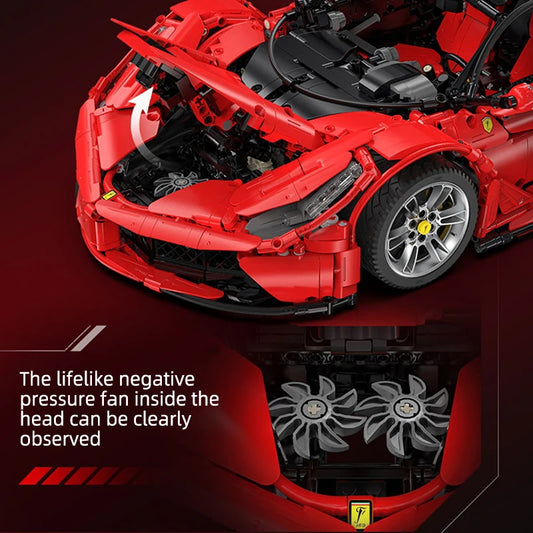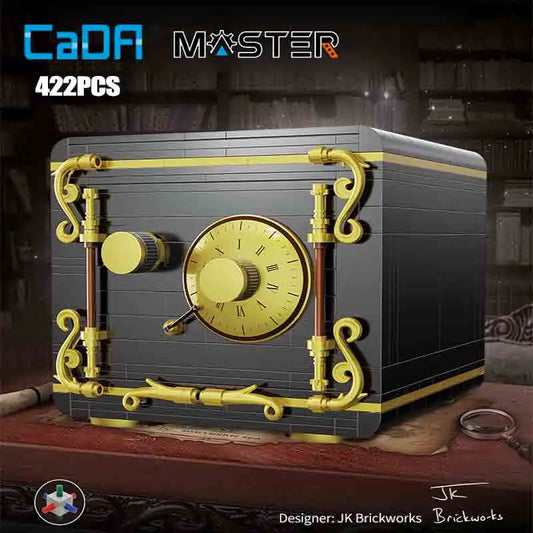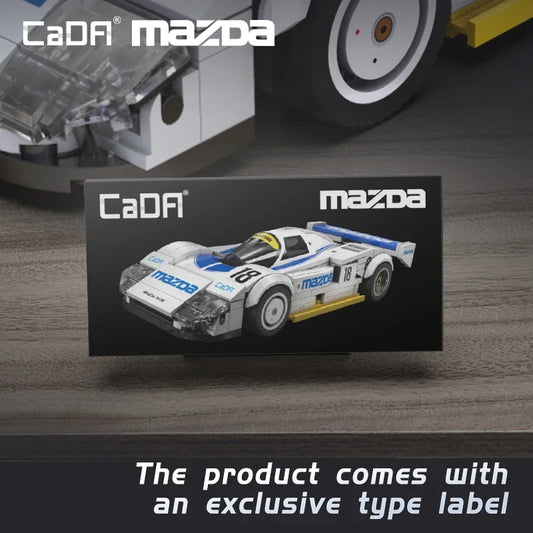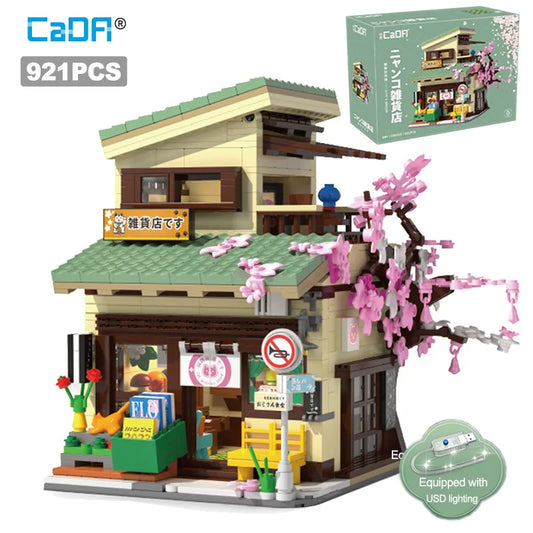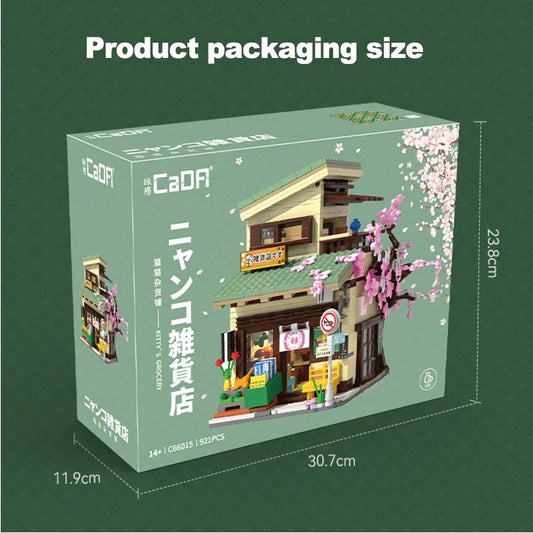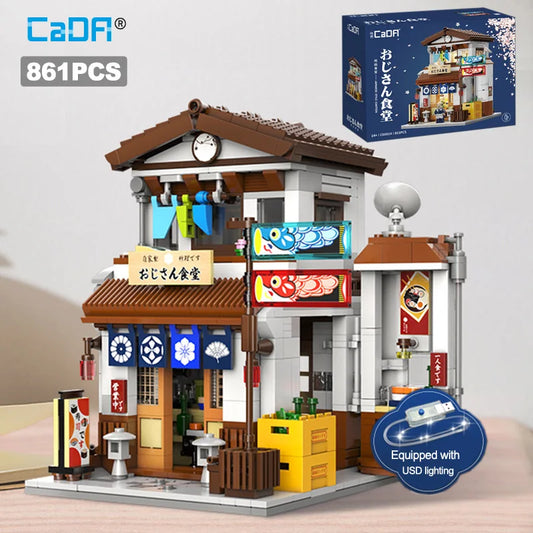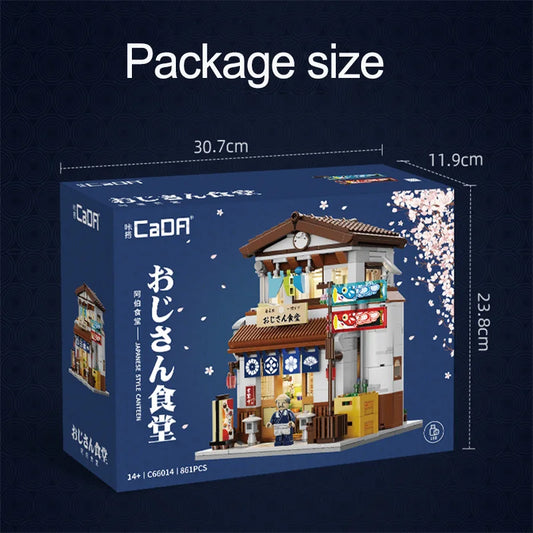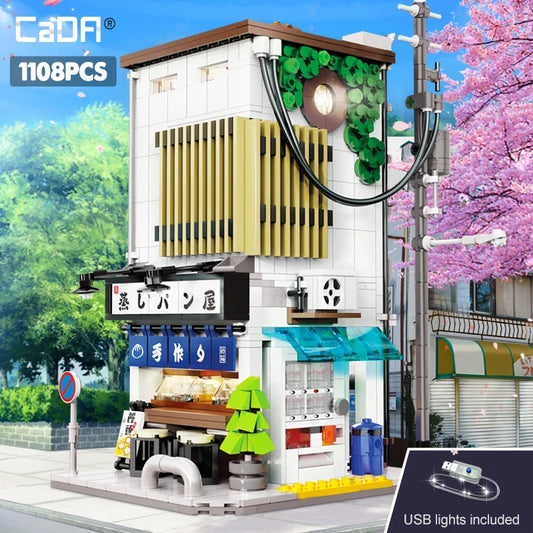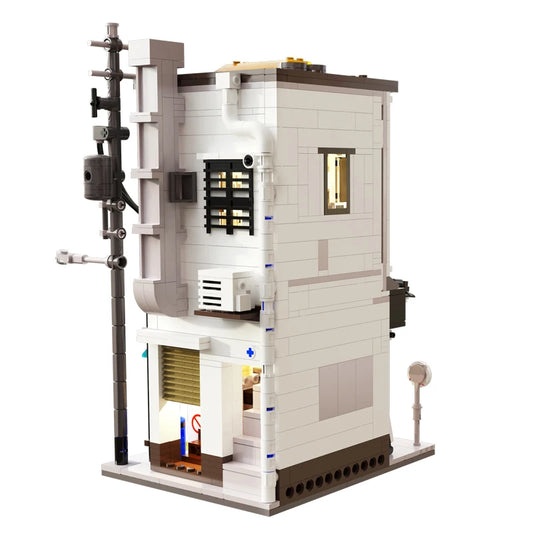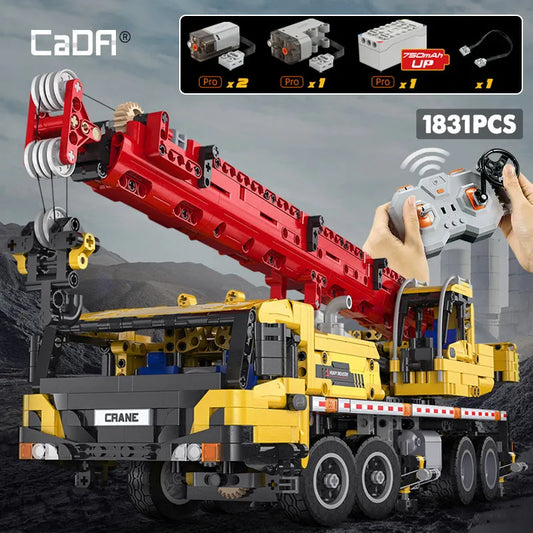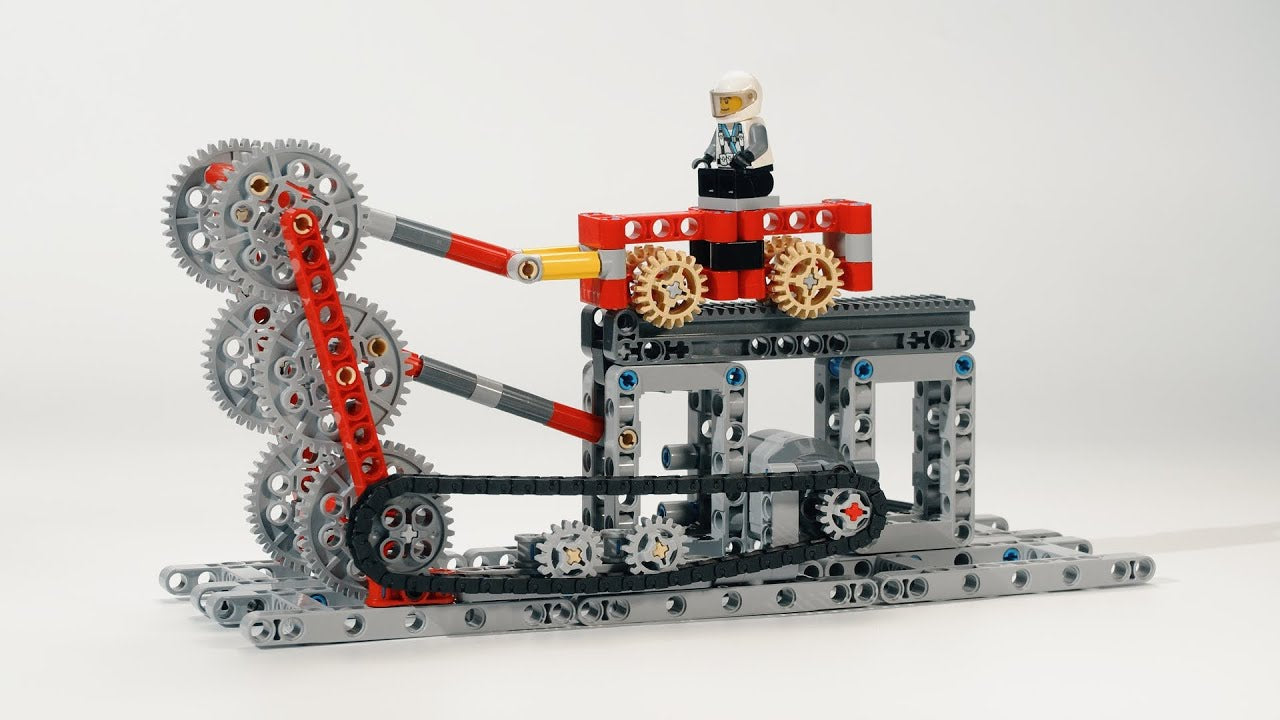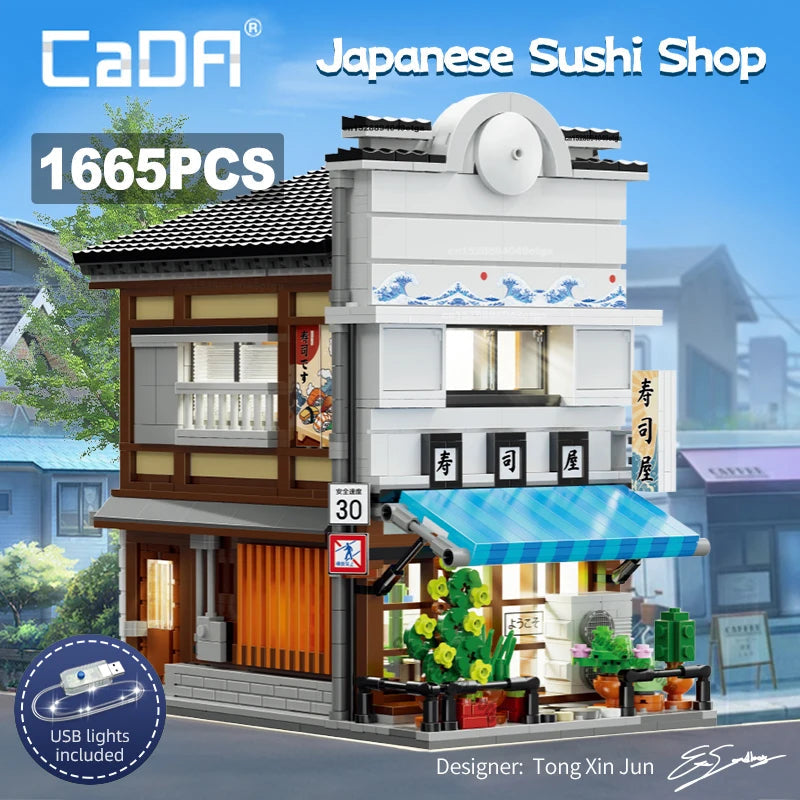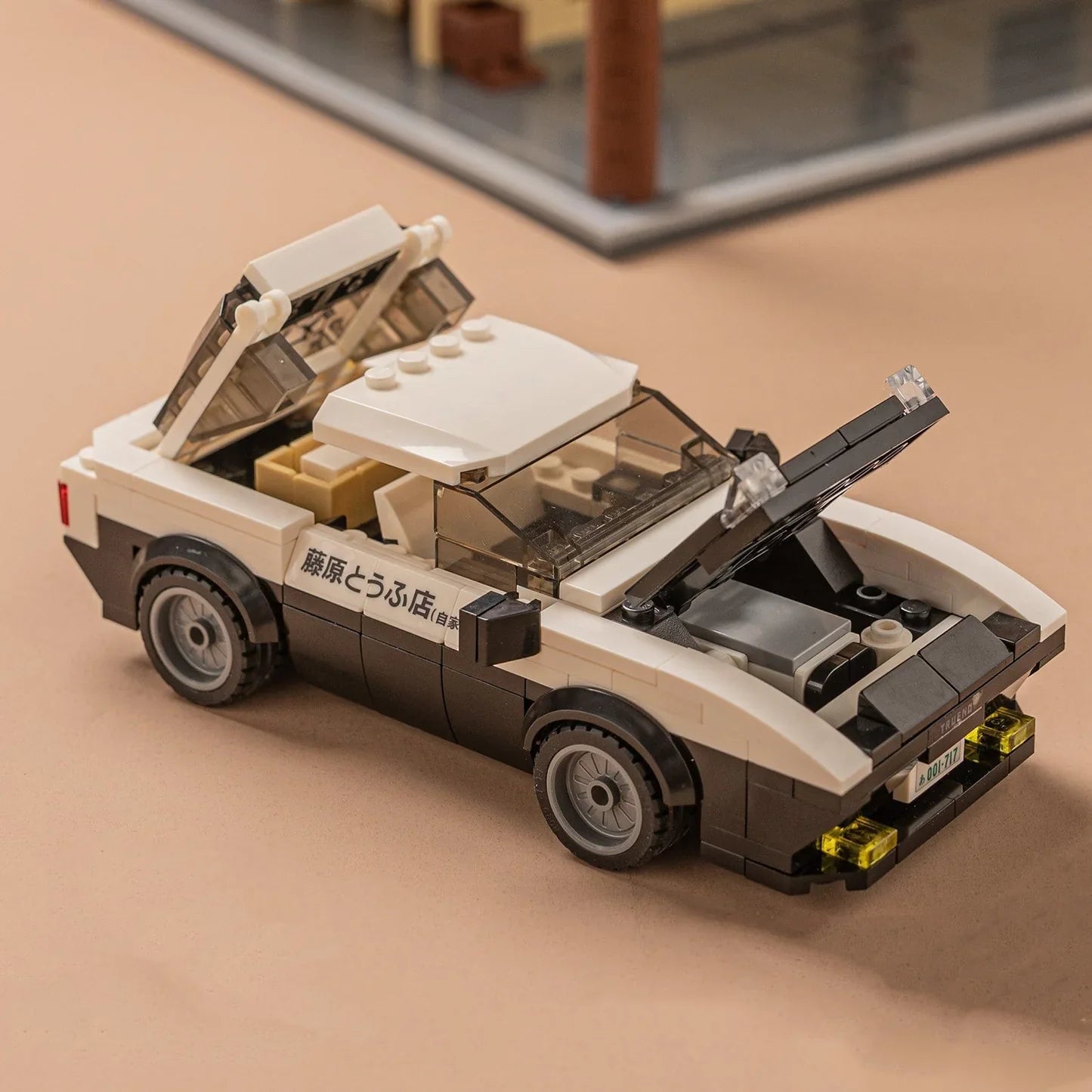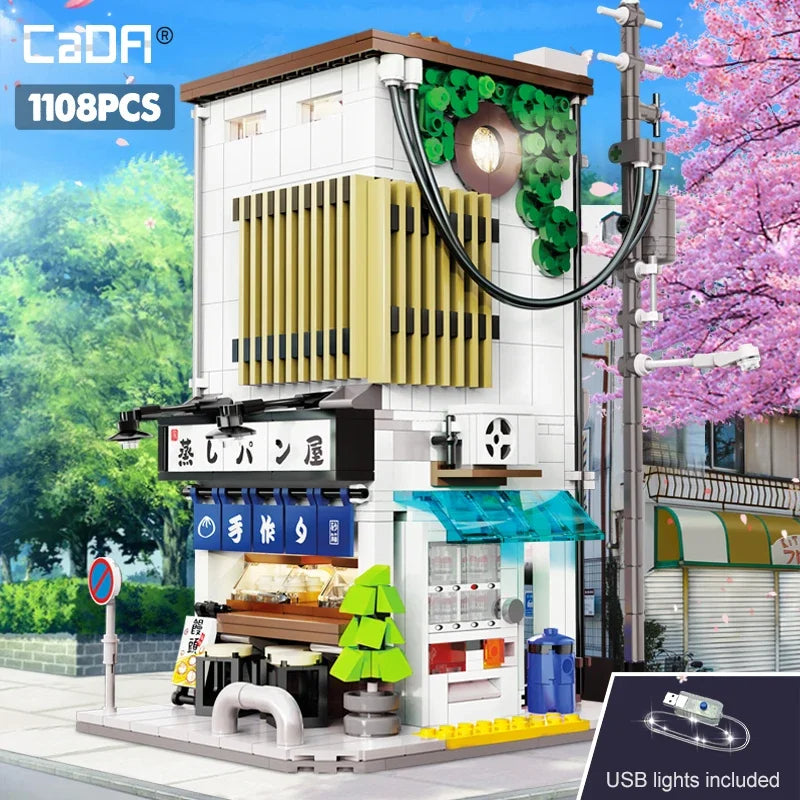Why Does LEGO Retire Sets 2025

Share
As a devoted LEGO collector and dedicated reporter of the toy industry, one of the most frequently asked questions I encounter is: why does LEGO retire sets? This question strikes at the heart of how LEGO manages its vast product portfolio, balancing business strategy, consumer interest, and manufacturing logistics. LEGO sets aren’t meant to last forever on store shelves; instead, they have a planned lifecycle that eventually leads to retirement. This process can surprise fans who feel torn between wanting to hold onto classic sets and understanding why new models must replace the old.
In this comprehensive, authoritative blog post, I’ll unpack the multifaceted reasons behind LEGO set retirement—drawing on official LEGO statements, industry expertise, and seasoned collector insight. We’ll explore how sales performance, production efficiency, licensing agreements, market trends, and innovation cycles all shape retirement decisions. By the end, you’ll gain a clear, well-rounded understanding of why sets retire, the implications for collectors and fans, and tips on how to optimize your LEGO buying strategy around these cycles. This article is ideal for collectors, parents, hobbyists, and anyone invested in the LEGO ecosystem.
CADA BRICKS® Best Sellers - SHOP NOW
What Does it Mean When LEGO Retires a Set?
Defining Retirement or End of Life (EOL)
LEGO set retirement, often called “End of Life” (EOL), means that LEGO will stop manufacturing and distributing a particular set after a certain point. Once retired, the set will no longer be available through official LEGO channels, although remaining stock can be sold through retail outlets or secondhand markets. Retirement opens production capacity for new models, keeps the product range fresh, and prevents saturation.
CADA BRICKS® Supercars - SHOP NOW
CADA BRICKS® Best Sellers | CADA BRICKS® Supercars & Racing Cars | CADA BRICKS® Trucks & Construction | CADA BRICKS® Military & Weapons | CADA BRICKS® Initial D
Primary Reasons LEGO Retires Sets
1. Declining Sales and Popularity
The most straightforward reason LEGO retires a set is if it stops selling well. Consumer preferences shift, kids grow out of certain themes, or the set becomes less appealing compared to other options. Maintaining a set with low demand is economically inefficient, reducing profitability and increasing warehouse costs. LEGO carefully monitors sales data and removes underperforming sets to focus on winning titles.
2. Licensing and Franchise Lifecycles
Many LEGO sets are based on licensed properties—movies, TV shows, or video games. Often, these licenses have fixed agreements or expiration dates. When a franchise loses popularity or a licensing agreement ends, LEGO retires related sets. For example, Harry Potter or specific Star Wars sets tied to film releases may retire after the relevant movie cycle concludes or when the licensing contract ends.
3. Innovation and Product Line Refresh
LEGO thrives on newness and creativity. To introduce new ideas and reinvigorate sales, LEGO must make room for fresh sets, updated parts, and themed lines. Retiring older sets enables the company to phase in next-generation designs, architectural styles, and technological innovations without overcrowding the lineup.
4. Production and Manufacturing Constraints
LEGO’s manufacturing capacity is finite. Exclusivity of certain molds, machine time, and raw materials mean that LEGO cannot produce every set indefinitely. Retiring less popular or complex sets frees up production space for higher-demand models or new parts. Additionally, if a set contains unique or expensive pieces, retirement decisions weigh cost-effectiveness carefully.
CADA BRICKS® City Landmarks - SHOP NOW
CADA BRICKS® Licensed Cars | CADA BRICKS® Classic Cars | CADA BRICKS® Motorcycles & Bikes | CADA BRICKS® Off-Road & 4x4 | CADA BRICKS® Emergency Vehicles
How Long Do LEGO Sets Usually Last?
Sets generally have a lifespan of around 18 to 24 months on shelves. Popular or core theme sets might last longer, sometimes up to three years. However, some limited edition or seasonal sets retire much sooner, sometimes within months after release. The exact retirement timing depends on:
- Sales velocity
- Seasonal planning
- Inventory turnover rates
- Upcoming product launch schedules
LEGO also sometimes extends a set’s availability if stock remains plentiful, adjusting retirement dates accordingly.
CADA BRICKS® Technic Sets - SHOP NOW
CADA BRICKS® Japanese Street | CADA BRICKS® City & Landmark | CADA BRICKS® Science & Educational | CADA BRICKS® Technic | CADA BRICKS® Modern Architecture
The Impact of Set Retirement on Collectors and Consumers
Increased Value on the Secondary Market
Once retired, many LEGO sets become more scarce and highly sought after, often leading to significant price increases on eBay, BrickLink, and other secondary markets. For collectors, timing purchases before retirement is critical for investment value, as some sets appreciate by 8–11% annually—comparable to precious metals or fine art.
Last Chance to Buy Promotions
LEGO regularly runs “Last Chance to Buy” promotions to notify fans of retiring sets, encouraging final purchases before stock runs out. This marketing approach fuels excitement and urgency, helping fans grab coveted sets before they vanish.
Examples of Notable LEGO Set Retirements and Their Effects
LEGO Technic Liebherr R 9800 Excavator (42100)
A complex, large-scale engineering marvel with tens of thousands of parts, this set retired after a few years of availability. Its retirement caused secondary market prices to soar, reflecting its popularity and rarity.
LEGO Modular Buildings Series
These collector-favorite architectural models often retire to make way for new additions. Each retirement sparks excitement as fans scramble to complete their collections and new modulars hit shelves.
CADA BRICKS® Display & Collectibles - SHOP NOW
CADA BRICKS® Castle Building Blocks | CADA BRICKS® City Building | CADA BRICKS® Remote Control | CADA BRICKS® Display & Collectibles | CADA BRICKS® Anime & Pop Culture
How Does LEGO Decide When to Retire a Set?
Data-Driven Decisions
LEGO relies on various performance metrics including:
- Sales trends and inventory levels.
- Consumer feedback and market research.
- Production forecasting and profit margins.
If a set consistently underperforms, retirement becomes likely.
Strategic Portfolio Management
LEGO balances its broad catalog with multiple themes and price points, optimizing for profitability and fresh consumer experiences. New product launches require production shifts that can't coincide efficiently with all older sets continuing simultaneously.
CADA BRICKS® Remote Control Sets - SHOP NOW
CADA BRICKS® Mechanical Engineering Building Blocks | CADA BRICKS® Kids Building Blocks | CADA BRICKS® Teens Building Blocks | CADA BRICKS® Adult Building Blocks
How to Make the Most of LEGO Set Lifespans as a Consumer
Buy Early for Best Prices
Purchasing popular or limited-edition sets soon after launch can help avoid future price spikes caused by retirement.
Watch for Retirement Announcements
Follow LEGO’s official site, newsletters, and trusted fan blogs to track which sets are nearing retirement.
Consider Investment Potential
Sets from themes like Star Wars, Technic, Modular Buildings, and licensed properties often have the best resale appreciation post-retirement.
Conclusion: LEGO Set Retirement Is a Strategic Necessity for Innovation and Value
LEGO retiring sets is a well-calculated strategy driven primarily by sales performance, licensing expiration, production constraints, and the desire to continually refresh the product lineup. While disappointing for fans wanting permanent availability, retirement keeps LEGO a fresh, innovative brand and simultaneously creates valuable opportunities for collectors.
Understanding why LEGO retires sets empowers buyers to plan purchases well, maximize investments, and enjoy the evolving world of LEGO with awareness. So the next time you hear a favorite LEGO set is retiring, see it as both an ending and a beginning—one chapter closing while new adventures wait on the horizon.
This clear, fact-checked explanation of LEGO set retirement policies blends industry insight, collector advice, and market realities, offering a definitive resource for LEGO fans worldwide.









